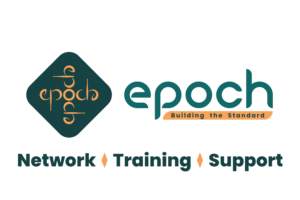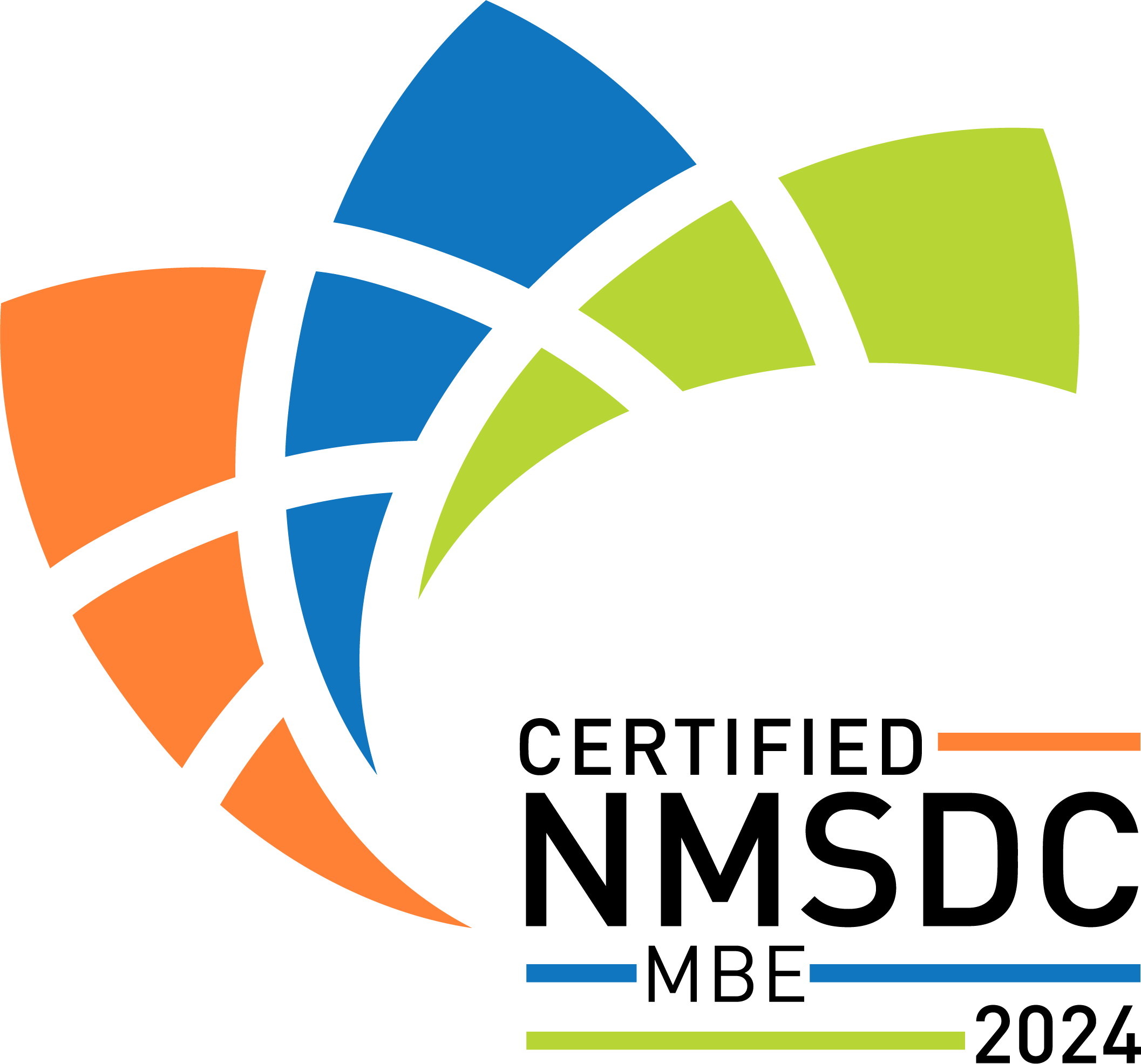What is Cloud Security: Protecting Your Data in the Cloud
Understanding how to protect your data in cloud environments has become increasingly critical for businesses and individuals alike. Whether you’re running a small startup or managing enterprise operations with a reliable cloud management system in Pennsylvania, knowing the fundamentals of cloud security can make the difference between safeguarding your assets and falling victim to cyber threats. This guide examines the fundamental aspects of cloud security, from recognizing common threats to implementing effective protective measures that safeguard your information in today’s digital landscape.
Importance of Cloud Security
Strong cloud security forms the backbone of protecting sensitive data from cyber threats and unauthorized access. The foundation starts with implementing encryption protocols that shield data, whether it’s sitting in storage or moving between systems. Access control measures, such as multi-factor authentication and role-based permissions, help ensure that only authorized individuals can access sensitive information. Organizations need regular security audits and vulnerability assessments to catch potential weaknesses before attackers exploit them. Monitoring network traffic and security logs in real-time helps detect suspicious activities or unusual patterns that might signal a breach. When companies take a comprehensive approach to cloud security, they protect not just the confidentiality of their data but also its integrity and availability.
Common Cloud Security Threats
Organizations face several serious threats when storing data in cloud environments. Data breaches top the list, where unauthorized individuals gain access to confidential information through various attack vectors. Malware attacks pose another significant challenge, as malicious software infiltrates cloud systems to corrupt or steal data. Account hijacking occurs when attackers steal login credentials, granting them the ability to manipulate data or disrupt critical services. Denial-of-service attacks aim to overwhelm cloud servers with excessive traffic, rendering services completely unavailable to legitimate users and potentially causing significant business disruptions. Companies need to stay vigilant by implementing robust security measures, including encryption, multi-factor authentication, and regular security audits, to effectively counter these evolving threats.
Key Components of Cloud Security
Encryption and access control serve as the cornerstones of effective cloud security, protecting information from falling into the wrong hands. Encryption transforms data into an unreadable format that only authorized parties with the proper decryption key can access. Access control mechanisms regulate who can view or modify data within the cloud environment, creating barriers that limit potential breaches. Strong authentication protocols, particularly multi-factor authentication, require multiple forms of verification before granting access to sensitive systems. Intrusion detection systems act as watchdogs, monitoring for suspicious activity within the cloud infrastructure and quickly identifying potential security threats. Regular security audits and updates keep the security framework current, ensuring continued protection of sensitive data against new and emerging threats.
Best Practices for Cloud Security
Protecting data in cloud environments requires a strategic approach that combines multiple layers of security. Multi-factor authentication adds crucial protection beyond simple passwords by requiring users to provide several forms of verification before accessing systems. Encryption techniques protect data both during transmission and while stored, ensuring that even if intercepted, the information remains unreadable without the correct decryption keys. Organizations should conduct frequent security audits and assessments to identify vulnerabilities, verify compliance with security policies, and proactively address potential threats before they become actual problems. Employee training programs help staff recognize phishing attempts and other social engineering tactics. Regular password updates, limited user privileges based on job roles, and secure backup procedures round out a comprehensive security strategy that keeps cloud data protected from various attack vectors.
Cloud Security Compliance Standards
Meeting industry regulations and data protection requirements through cloud security compliance standards is essential for maintaining the integrity and confidentiality of sensitive information. Standards like ISO/IEC 27001, GDPR, HIPAA, and PCI DSS provide clear guidelines that organizations must follow to properly safeguard data in cloud environments. These frameworks outline specific controls and measures that companies must implement to mitigate risks and protect against unauthorized access or data breaches. Compliance demonstrates a genuine commitment to maintaining secure cloud operations and helps build trust with customers and business partners. Regular audits and assessments verify that organizations meet these standards and maintain ongoing compliance as regulatory requirements continue to evolve and adapt to new security challenges.
Future Trends in Cloud Security
The landscape of data protection continues evolving with innovative approaches that promise enhanced security for cloud environments. Zero Trust Architecture represents a fundamental shift in security philosophy, operating on the principle that no entity, whether inside or outside the network, should be trusted by default, which significantly strengthens the overall security posture. Artificial intelligence is revolutionizing threat detection and response, enabling real-time monitoring and rapid mitigation of potential risks before they cause serious damage. Homomorphic encryption offers an advanced technique that allows computations on encrypted data without requiring decryption, preserving data privacy while enabling secure processing and analysis. These developments signal a shift toward more proactive, intelligent, and privacy-focused approaches to cloud security, enabling organizations to stay ahead of increasingly sophisticated cyber threats.
Related Topics:













